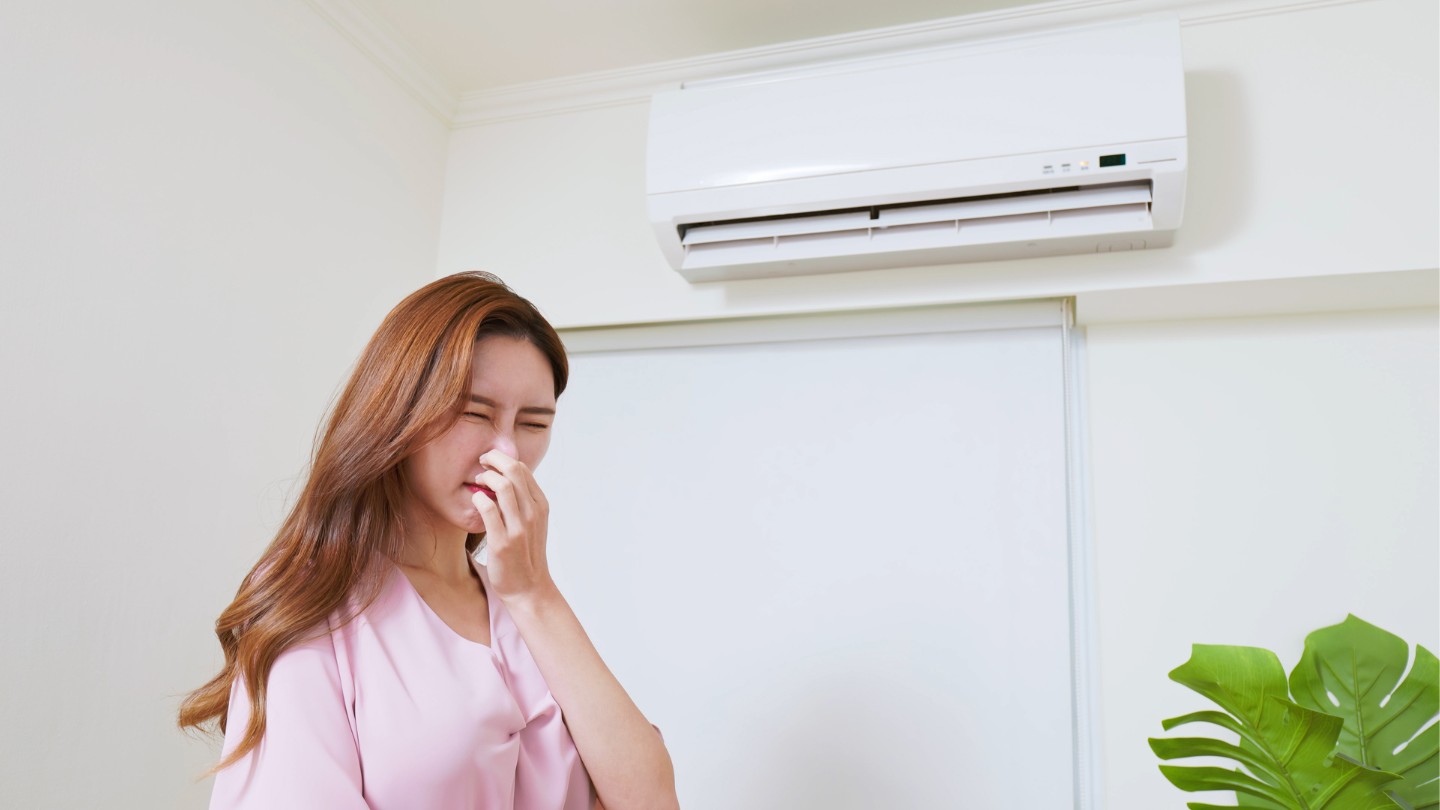

Articles
Why Does My AC Smell Like Pee
Modified: October 18, 2024
Discover why your air conditioner may emit a foul odor reminiscent of urine. Read our informative articles to find solutions and prevent further discomfort.
(Many of the links in this article redirect to a specific reviewed product. Your purchase of these products through affiliate links helps to generate commission for Storables.com, at no extra cost. Learn more)
Introduction
When you turn on your air conditioning unit, the last thing you want is to be greeted by a foul odor reminiscent of pee. It’s not only unpleasant but can also indicate a potential issue with your AC system. Understanding the causes of this odor and finding effective remedies is crucial to restore a fresh and clean indoor environment.
There can be several reasons why your AC may emit a smell resembling pee. It’s important to identify the precise cause to take appropriate action. In this article, we’ll explore some possible causes of AC odor and provide you with remedies to address each issue.
It’s worth noting that if you’re unsure about diagnosing or resolving the issue yourself, it’s always a good idea to seek professional help. HVAC technicians have the experience and knowledge to handle any AC-related problems safely and effectively.
Key Takeaways:
- Regularly cleaning the evaporator coil and unclogging the drain line can eliminate AC odors resembling pee caused by bacteria, mold, and stagnant water, ensuring a fresh and pleasant indoor environment.
- Seeking professional help for animal infestations and refrigerant leaks, and maintaining clean air filters are essential for addressing and preventing AC odors, promoting a healthy and odor-free home environment.
Read more: Why Does My AC Smell Like Vinegar
Possible Causes of AC Odor
There are several potential causes for your AC to emit an unpleasant odor that resembles pee. Let’s take a closer look at some of the most common culprits:
- Bacteria and Mold Growth: Over time, bacteria and mold can accumulate inside your AC unit, particularly in the evaporator coil and the condensate drain pan. These microorganisms thrive in a moist environment, producing unpleasant odors that can permeate through the airflow.
- Clogged Drain Line: The condensate drain line removes excess moisture from your AC unit. If this line becomes clogged with dirt, debris, or microbial growth, water can back up and stagnate, resulting in a foul smell that resembles urine.
- Animal Infestation: Small animals, such as rodents, birds, or insects, can make their way into your AC system and build nests. These nests, along with urine or feces left behind by the animals, can create a strong odor that wafts through the air when the AC is running.
- Leaking Refrigerant: If you detect a sweet, chemical-like odor resembling urine, it could indicate a refrigerant leak. Refrigerant typically contains ammonia-based compounds, which can produce a strong smell. Exposure to leaking refrigerant can be harmful, so it’s essential to address this issue promptly.
- Dirty Air Filters: Air filters in your AC system prevent dust, dirt, and other particles from entering the airflow. When these filters become clogged and dirty, they can emit an unpleasant smell that circulates throughout your home whenever the AC operates.
Understanding the potential causes of the pee-like odor will help you pinpoint the issue and take the necessary actions to eliminate the smell and restore a fresh and pleasant indoor environment. In the following sections, we’ll discuss practical remedies for each of these issues.
Bacteria and Mold Growth
One of the most common causes of an AC odor resembling pee is the accumulation of bacteria and mold within the system. The evaporator coil and the condensate drain pan are particularly susceptible to these issues due to the moisture present in these areas.
Bacteria and mold thrive in damp environments, and when left unchecked, they can multiply and produce unpleasant odors that are emitted through the AC vents. These odors can range from musty and earthy to foul and urine-like.
To address bacteria and mold growth, you can take the following steps:
- Cleaning the Evaporator Coil: The evaporator coil is responsible for cooling the air in your AC system. Over time, it can accumulate dirt, dust, and microbial growth, leading to foul smells. Gently cleaning the coil with a mixture of warm water and mild detergent can help remove these contaminants and eliminate the odor.
- Using Mold and Mildew Cleaners: There are specific mold and mildew cleaners available that are designed to target and eliminate microbial growth. Follow the instructions on the product and use it to clean areas where bacteria and mold tend to thrive, such as the drain pan and other accessible parts of the AC unit.
- Installing UV Lights: Ultraviolet (UV) lights can be installed in your AC system to inhibit the growth of bacteria and mold. These lights emit UV-C rays that are harmful to microorganisms, preventing their proliferation. Consult with an HVAC professional to determine the best placement and type of UV lights for your specific AC system.
- Maintaining Proper Ventilation: Good airflow and ventilation play a critical role in preventing moisture build-up and reducing the chances of bacterial and mold growth. Ensure that your home has proper ventilation, and consider using exhaust fans in areas prone to excessive moisture, such as bathrooms and kitchens.
By addressing bacteria and mold growth within your AC system, you can eliminate the unpleasant odor resembling pee and create a healthier and more comfortable indoor environment.
Clogged Drain Line
A clogged condensate drain line is another potential cause of an AC odor that resembles pee. The condensate drain line is responsible for removing excess moisture from your AC unit. Over time, this line can become clogged with dirt, debris, or even microbial growth, leading to water backup and a foul smell.
To address a clogged drain line and eliminate the accompanying odor, you can follow these steps:
- Locate the drain line: The condensate drain line is typically a PVC pipe located near the indoor HVAC unit. It may be connected to a drain pan or lead outside your home. Locate this pipe to begin the cleaning process.
- Turn off the power: Before attempting to clean the drain line, ensure that you turn off the power to your AC unit. This will help prevent any accidents or injuries while performing the maintenance.
- Clear the line manually: Using a wet/dry vacuum or a pipe cleaner, try to manually clear the clog in the drain line. Gently insert the pipe cleaner or vacuum hose into the pipe and remove any debris or obstructions that may be causing the clog. Be careful not to damage the pipe while doing so.
- Flush the line with distilled vinegar or bleach: Once the manual cleaning is complete, you can flush the drain line with a mixture of equal parts distilled vinegar and water or a diluted bleach solution. This will help kill any bacteria or mold that may have contributed to the clog and the odor.
- Prevent future clogs: To prevent future clogs, consider installing a condensate drain pan treatment or an algaecide tablet in the drain pan. These products can help inhibit microbial growth and keep the drain line clear.
Regularly checking and cleaning the condensate drain line can help prevent clogs and eliminate the unpleasant odor associated with a blocked drain line. However, if you’re unsure about performing these steps yourself, it’s recommended to seek the assistance of a professional HVAC technician.
Animal Infestation
Dealing with an animal infestation in your AC system can be not only unpleasant but also potentially hazardous. Small animals, such as rodents, birds, or insects, can find their way into your AC unit and build nests, causing a foul odor that resembles pee.
If you suspect an animal infestation in your AC system, it’s important to take immediate action to remove the animals and eliminate the odor. Here are some steps to address this issue:
- Inspect the system: Carefully inspect your AC system for any signs of animal activity. Look for chewed wires, droppings, nests, or any other indications that animals have made their way into the unit.
- Protective gear: Before attempting to remove animals or clean the affected areas, ensure that you wear protective gloves, a mask, and long sleeves to protect yourself from potential hazards like bites, scratches, or inhalation of harmful substances.
- Animal removal: If you locate an animal or nest in your AC system, it’s best to call a professional pest control or wildlife removal service to handle the removal. They have the knowledge and equipment to safely remove animals and nests without causing further damage to your AC system.
- Clean and disinfect: After the animals and nests are removed, it’s essential to clean and disinfect the affected areas. Use a mixture of warm water and mild detergent to clean any droppings or debris left behind. Follow up with a disinfectant to ensure that any bacteria or viruses are eliminated.
- Protecting against future infestations: To prevent future animal infestations, consider installing a wire mesh or animal guard around your outdoor AC unit to deter animals from entering. Keep nearby trees and bushes trimmed to minimize access points. Regularly inspect your AC system for any openings or gaps that need to be sealed.
Remember, dealing with animal infestations can be dangerous, so it’s always recommended to seek professional help to ensure the safety and effectiveness of the removal process.
Leaking Refrigerant
A refrigerant leak in your AC system can not only impact its cooling efficiency but also result in an odor that resembles pee. Refrigerants typically contain ammonia-based compounds, which can produce a strong, chemical-like smell when leaked into the air.
If you suspect a refrigerant leak in your AC system, it’s essential to address it promptly, as exposure to leaking refrigerant can be harmful. Here are the steps to take:
- Identify the leak: If you notice a strong, chemical odor similar to pee, it may indicate a refrigerant leak. Inspect your AC system for any signs of refrigerant leakage, such as oil spots, hissing sounds, or frost accumulation on the refrigerant lines.
- Turn off the AC: If you suspect a refrigerant leak, it’s important to turn off your AC system to prevent further leakage and potential damage.
- Call a professional: Refrigerant leaks require the expertise of a licensed HVAC technician. Contact a professional technician who can safely diagnose and repair the leak. They will have the necessary tools and equipment to handle the refrigerant properly.
- Repairing the leak: The technician will assess the source of the leak and repair it accordingly. This may involve replacing damaged refrigerant lines, tightening connections, or fixing other components to ensure the leak is properly sealed.
- Recharging the refrigerant: After the leak is repaired, the technician will recharge the refrigerant to the appropriate levels in your AC system. This will restore its cooling efficiency and eliminate the odor.
It’s important to remember that refrigerant leaks should be handled by professionals due to the potential health risks associated with exposure to refrigerants. Attempting to repair a refrigerant leak yourself can lead to further damage and safety hazards. Always rely on qualified HVAC technicians for leak detection and repairs.
Dirty Air Filters
One of the simplest and most common causes of an AC odor resembling pee is dirty air filters. Air filters play a crucial role in trapping dust, dirt, and other particles from entering the airflow. Over time, these filters can become clogged and dirty, leading to restricted airflow and an unpleasant smell.
To address the issue of dirty air filters and eliminate the accompanying odor, follow these steps:
- Locate the air filters: The air filters are typically located in the return air ducts or inside the HVAC unit itself. Consult the owner’s manual or seek guidance from an HVAC professional to locate the filters in your specific AC system.
- Turn off the power: Before removing and cleaning the air filters, ensure that you turn off the power to your AC unit. This will prevent accidents or damage while handling the filters.
- Remove and inspect the filters: Take out the air filters and visually inspect them for dirt, dust, and debris. If the filters are excessively dirty or damaged, it’s usually best to replace them with new ones.
- Clean or replace the filters: If the filters are reusable, gently clean them using a vacuum cleaner or by rinsing them with mild soap and water. Allow the filters to dry completely before reinstalling them. If the filters are disposable, simply replace them with new ones.
- Maintain regular filter maintenance: To prevent future odor issues, make it a habit to clean or replace your air filters regularly. Follow the manufacturer’s guidelines for filter replacement frequency. This will improve the efficiency of your AC system and eliminate any odors associated with dirty filters.
Regularly maintaining and cleaning your air filters is essential for the proper functioning of your AC system and to ensure a fresh and clean indoor environment. By addressing dirty air filters, you can eliminate the pee-like odor and improve the overall air quality in your home.
Tip: The smell of urine from your AC could be due to a buildup of bacteria or mold in the system. Try changing the air filter and cleaning the evaporator coil to eliminate the odor. If the smell persists, it’s best to have a professional inspect and clean the unit.
Remedies for AC Odor
Now that we’ve explored the possible causes of an AC odor resembling pee, it’s time to discuss effective remedies for each issue. Here are some solutions to help you eliminate the unpleasant odor and restore a fresh and clean indoor environment:
- Cleaning the Evaporator Coil: Regularly clean the evaporator coil to remove dirt, dust, and microbial growth. Use a mixture of warm water and mild detergent to gently clean the coil. This will help eliminate the odor caused by bacteria and mold growth.
- Unclogging the Drain Line: If your condensate drain line is clogged, clear it using a wet/dry vacuum or a pipe cleaner. After removing any debris or obstructions, flush the line with distilled vinegar or a diluted bleach solution to remove bacteria or mold contributing to the odor.
- Removing Animals or Nests: If you suspect an animal infestation, contact a professional pest control or wildlife removal service to safely remove the animals and nests. Clean and disinfect the affected areas afterward to eliminate the odor.
- Sealing Refrigerant Leaks: Refrigerant leaks should be handled by licensed HVAC technicians. Contact a professional to identify and repair the leak, ensuring that the refrigerant levels are properly replenished. This will prevent further odor issues and potential health risks.
- Changing Air Filters: Regularly inspect and clean or replace your air filters to prevent odor caused by dirt and debris accumulation. Follow manufacturer’s guidelines for filter maintenance to ensure optimal performance of your AC system.
Implementing these remedies will not only eliminate the AC odor but also contribute to the overall efficiency and longevity of your AC system. However, if you’re unsure about diagnosing or resolving the issue yourself, it’s always best to consult with a professional HVAC technician for proper guidance and assistance.
Cleaning the Evaporator Coil
Cleaning the evaporator coil is an essential step in addressing the AC odor resembling pee caused by bacteria and mold growth. Over time, the evaporator coil can accumulate dirt, dust, and microbial growth, leading to unpleasant odors that are circulated throughout your home when the AC is running.
Here is a step-by-step guide to clean the evaporator coil and eliminate the odor:
- Turn off the power: Before starting any maintenance or cleaning, ensure that you turn off the power to your AC unit to prevent accidents or damage.
- Access the evaporator coil: The location of the evaporator coil may vary depending on your AC system. It is typically found in the indoor unit, behind a panel or access door. Refer to the owner’s manual or seek guidance from an HVAC professional to locate the coil.
- Remove debris: Gently brush away any visible dust, dirt, or debris from the coil surface using a soft brush or a vacuum cleaner with a brush attachment. Be careful not to damage the delicate fins on the coil.
- Clean with a mild detergent solution: Create a mixture of warm water and mild detergent. Dip a soft brush or a sponge into the solution and gently scrub the surfaces of the evaporator coil. Pay close attention to areas with visible dirt or microbial growth.
- Rinse the coil: After scrubbing, rinse the coil with clean water to remove any remaining detergent and loosened dirt. Use a spray bottle or a gentle stream of water, ensuring that it does not drip into the electrical components of the AC unit.
- Allow the coil to dry completely: Once rinsed, allow the evaporator coil to air dry completely before reassembling the unit. This will prevent moisture buildup and further microbial growth.
- Reassemble and turn on the power: Once the coil is dry, reassemble any panels or access doors, and turn on the power to your AC unit. Observe if the odor persists after cleaning the evaporator coil.
Regularly cleaning the evaporator coil is essential to maintain the efficiency of your AC system and eliminate the odor caused by bacteria and mold growth. However, if you are unsure about performing this task yourself, it is recommended to seek the assistance of a professional HVAC technician to ensure safe and effective cleaning.
Read more: Why Does My AC Smell Bad
Unclogging the Drain Line
A clogged condensate drain line can lead to water backup and an unpleasant odor in your AC system. To address this issue and eliminate the odor resembling pee, it’s important to unclog the drain line. Here’s a step-by-step guide on how to unclog the drain line:
- Locate the condensate drain line: The condensate drain line is typically a PVC pipe that runs from your indoor AC unit to a drain outside your home. Locate this pipe to begin the unclogging process.
- Turn off the power: Before attempting to unclog the drain line, ensure that you turn off the power to your AC unit. This will prevent accidents or damage while performing the maintenance.
- Manually remove debris: Using a wet/dry vacuum, gently place the vacuum hose over the end of the drain line or directly into the opening. This will create suction and help remove any debris or blockage in the line. Alternatively, you can use a pipe cleaner to carefully clear the line.
- Flush the line: After removing the debris manually, it’s important to flush the drain line to ensure that it is fully cleared. You can use a mixture of equal parts distilled vinegar and water or a diluted bleach solution. Pour the solution into the drain line using a funnel or directly from the drain pan. Allow the solution to sit in the line for a few minutes, then flush it with clean water to remove any remaining debris.
- Prevent future clogs: To prevent future clogs in the drain line, consider using a condensate drain pan treatment or an algaecide tablet. These products help inhibit the growth of bacteria and mold, reducing the likelihood of clogs. Additionally, ensure that the line has proper slope to facilitate the drainage of water.
- Turn on the power: Once you have unclogged the drain line and completed the flushing process, you can turn on the power to your AC unit. Monitor the system to ensure that water drains properly and no odors persist.
Regularly checking and unclogging the condensate drain line is crucial to maintain the proper functioning of your AC system and eliminate the unpleasant odor caused by water backup. If you are unsure about performing these steps yourself, it’s recommended to seek the assistance of a professional HVAC technician to ensure effective and safe unclogging.
Removing Animals or Nests
Dealing with an animal infestation in your AC system can cause not only an unpleasant odor resembling pee but also potential hazards. Animals such as rodents, birds, or insects may find their way into your AC unit and build nests, leading to foul smells and hygiene concerns. Here’s a step-by-step guide to removing animals or nests from your AC system:
- Identify signs of animal activity: Look for indications of animal infestation, such as chewed wires, droppings, or nests, in and around your AC system. Take note of any potential entry points that these animals may have used.
- Protective gear: Before starting the removal process, put on protective gloves, a mask, and long sleeves to protect yourself from potential hazards like bites, scratches, or exposure to harmful substances.
- Call a professional wildlife removal service: It is highly recommended to contact a professional pest control or wildlife removal service to handle the removal process, especially if dealing with larger animals or when the infestation is extensive. These professionals have the training, experience, and equipment to safely remove animals and nests without causing further damage.
- Set up live traps: If advised by the professional, set up live traps near the AC unit to capture the animals. Be sure to position the traps in areas where animals are likely to pass. Once the animals are trapped, contact the wildlife removal service to safely remove and relocate them.
- Cleaning and disinfection: Once the animals and nests are removed, thoroughly clean and disinfect the affected areas. Use a mixture of warm water and mild detergent to clean any droppings, urine, or debris left behind. Follow up with a disinfectant to ensure proper sanitation.
- Preventing future infestations: Take steps to prevent future animal infestations. Seal any entry points around your AC unit, such as gaps, cracks, or openings. Install a wire mesh or animal guard around the unit to discourage animals from entering. Keep nearby vegetation trimmed to minimize hiding spots.
Removing animals or nests from your AC system requires caution and expertise to ensure the safety of both humans and animals involved. It is best to rely on professionals who can handle the removal process responsibly and effectively.
Sealing Refrigerant Leaks
Foul odors resembling pee can be caused by refrigerant leaks in your AC system. Refrigerants typically contain ammonia-based compounds, which can emit a strong, chemical-like odor when leaked into the air. To address this issue, it’s crucial to seal refrigerant leaks. Here are the steps to follow:
- Identify the refrigerant leak: Look for signs of a refrigerant leak, such as oil spots, hissing sounds, or frost accumulation on the refrigerant lines. These indicators can help locate the source of the leak.
- Turn off the power: Before attempting any repair work, turn off the power to your AC unit to ensure safety.
- Contact a professional: Refrigerant leaks should be handled by licensed HVAC technicians. Contact a professional technician who can properly diagnose and repair the leak. They will have the necessary expertise and equipment to handle refrigerants safely.
- Repairing the leak: The technician will identify the location of the leak and determine the best method to seal it. This may involve replacing damaged refrigerant lines, tightening connections, or performing other necessary repairs.
- Recharge the refrigerant: After sealing the leak, the technician will recharge the refrigerant to the appropriate levels in your AC system. This ensures that the system operates efficiently and eliminates any lingering odors caused by the leak.
- Regular maintenance: To prevent future leaks and odors, it’s important to schedule regular maintenance for your AC system. Routine inspections by a professional technician can help identify and address any potential issues before they become major problems.
Sealing refrigerant leaks should always be left to the professionals, as working with refrigerants requires specialized knowledge and skills. Attempting to repair the leak yourself can be dangerous and may lead to further damage. By relying on a licensed technician, you can ensure that the leak is properly sealed, restoring your AC system’s functionality and eliminating the unpleasant odor.
Changing Air Filters
Dirty air filters can be a common cause of an AC odor resembling pee. Air filters serve an important role in trapping dust, dirt, and other particles from entering the airflow. Over time, these filters can become clogged and dirty, leading to restricted airflow and unpleasant odors. Changing your air filters regularly can help address this issue. Here’s what you need to know:
- Determine the filter type: Identify the type of air filter used in your AC system. Common types include fiberglass filters, pleated filters, and high-efficiency filters. Refer to the user manual or consult an HVAC professional to ensure you purchase the correct replacement filters.
- Turn off the power: Before changing the air filters, turn off the power to your AC unit to ensure safety.
- Locate the filters: The location of the air filters varies depending on your AC system. In most cases, they can be found in the return air ducts or inside the HVAC unit. Follow the manufacturer’s instructions or seek guidance from an HVAC professional to locate and access the filters.
- Remove the old filters: Carefully remove the old filters from their housing. Take note of the direction in which the filters are installed to ensure proper positioning of the replacement filters.
- Install the new filters: Insert the new filters into the housing, making sure they are securely in place. Ensure that the airflow arrow on the filters aligns with the airflow direction indicated by the system.
- Follow the recommended replacement schedule: It is important to follow the manufacturer’s guidelines for filter replacement frequency. Most filters need to be changed every 1-3 months, but this can vary depending on factors such as household size, pets, and indoor air quality. Regularly replacing the filters will help maintain optimal airflow and prevent odor accumulation.
- Maintain filter cleanliness: In between filter changes, it is a good practice to inspect the filters regularly and clean them if excessive dirt or debris is visible. This can be done by gently vacuuming the filters or rinsing them with mild soap and water.
Changing air filters is a simple yet crucial maintenance task that can significantly improve the air quality and eliminate the odor in your home. Regular filter changes ensure proper airflow and help prevent the accumulation of dirt and debris that can cause unpleasant smells. By following the recommended replacement schedule and maintaining clean filters, you can enjoy a fresh and odor-free indoor environment.
Read more: Why Does My Bathtub Smell Like Sewage
Conclusion
Dealing with an AC odor resembling pee can be both unpleasant and concerning. Understanding the potential causes and implementing effective remedies is crucial to restore a fresh and clean indoor environment. In this article, we explored several common factors that can contribute to this odor, including bacteria and mold growth, clogged drain lines, animal infestations, refrigerant leaks, and dirty air filters.
To address each of these issues, it’s important to take specific actions. Cleaning the evaporator coil helps eliminate bacteria and mold growth, while unclogging the drain line ensures proper water drainage. Removing animals or nests from the AC system not only eliminates the odor but also prevents further damage. Sealing refrigerant leaks is essential for avoiding health risks and improving the AC system’s functionality. Finally, changing air filters regularly helps maintain proper airflow and prevent odor accumulation.
While the remedies mentioned in this article can help eliminate the AC odor, it’s important to remember that some tasks may require the assistance of a professional HVAC technician. These technicians have the knowledge, experience, and tools to address complex issues safely and effectively. If you are unsure about performing any maintenance or repairs, it’s always best to seek professional guidance.
Regular maintenance of your AC system is key to preventing odor issues in the future. Performing routine inspections, changing air filters, and scheduling professional maintenance will help keep your AC system running efficiently and keep your indoor air fresh and clean.
By following these recommendations and taking prompt action to address the causes of the AC odor, you can enjoy a comfortable and odor-free environment in your home. Maintaining a well-functioning AC system not only enhances your comfort but also contributes to the overall health and well-being of you and your family.
Frequently Asked Questions about Why Does My AC Smell Like Pee
Was this page helpful?
At Storables.com, we guarantee accurate and reliable information. Our content, validated by Expert Board Contributors, is crafted following stringent Editorial Policies. We're committed to providing you with well-researched, expert-backed insights for all your informational needs.
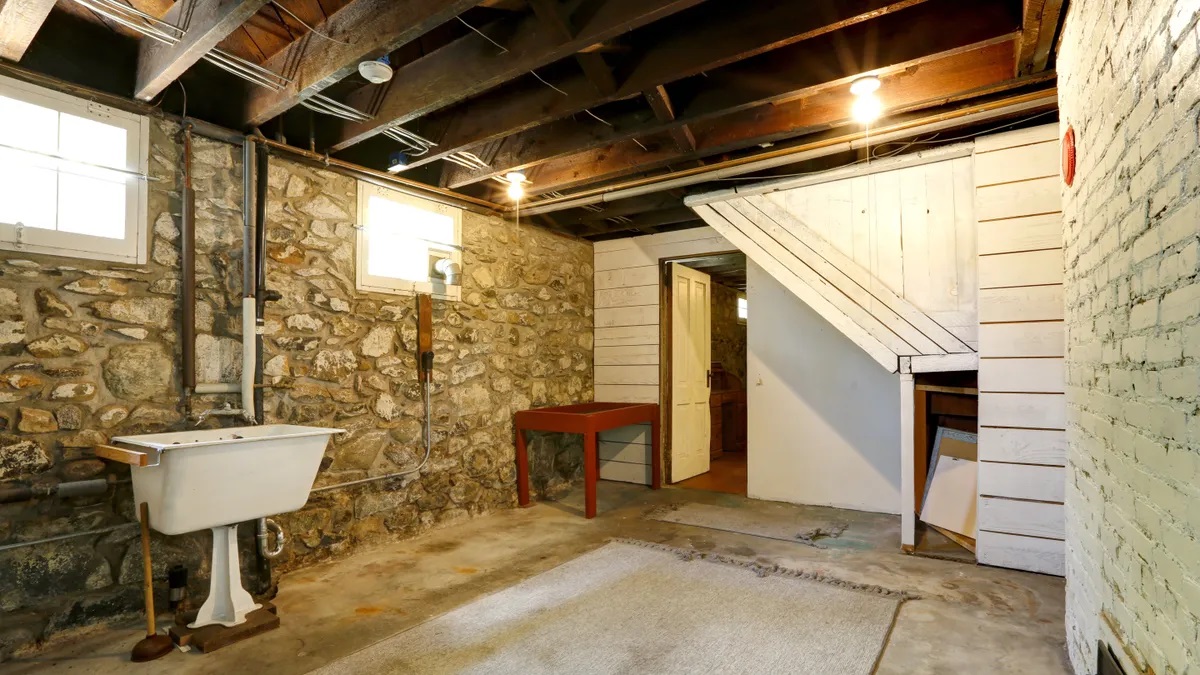
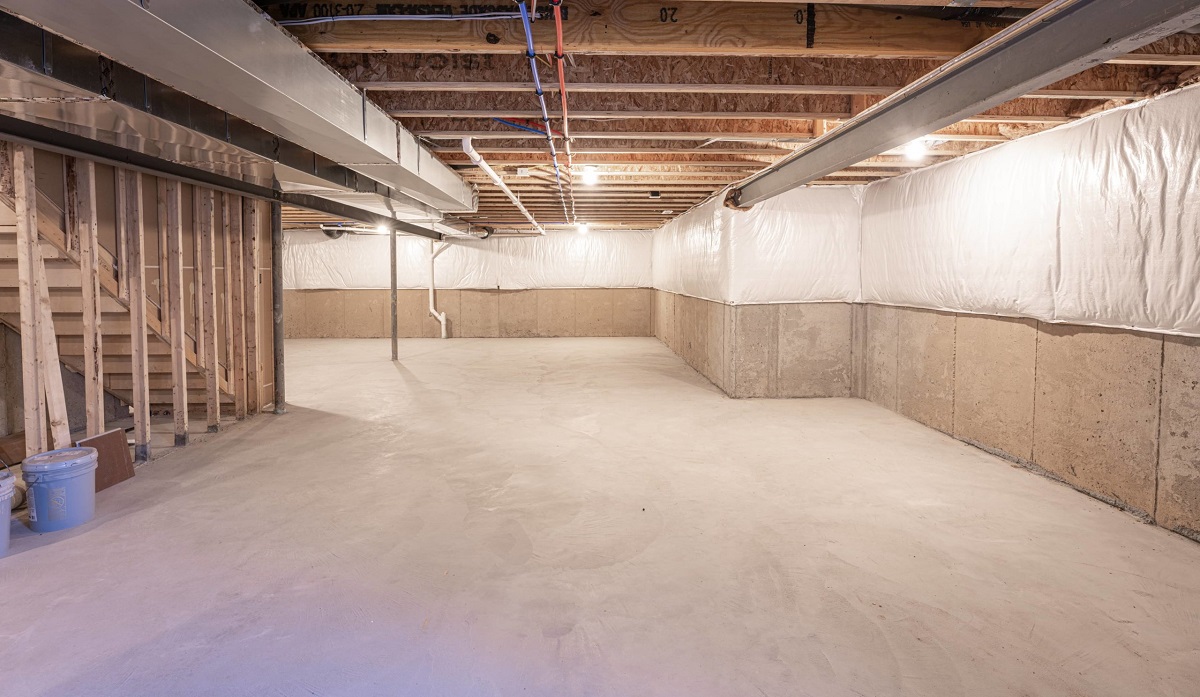
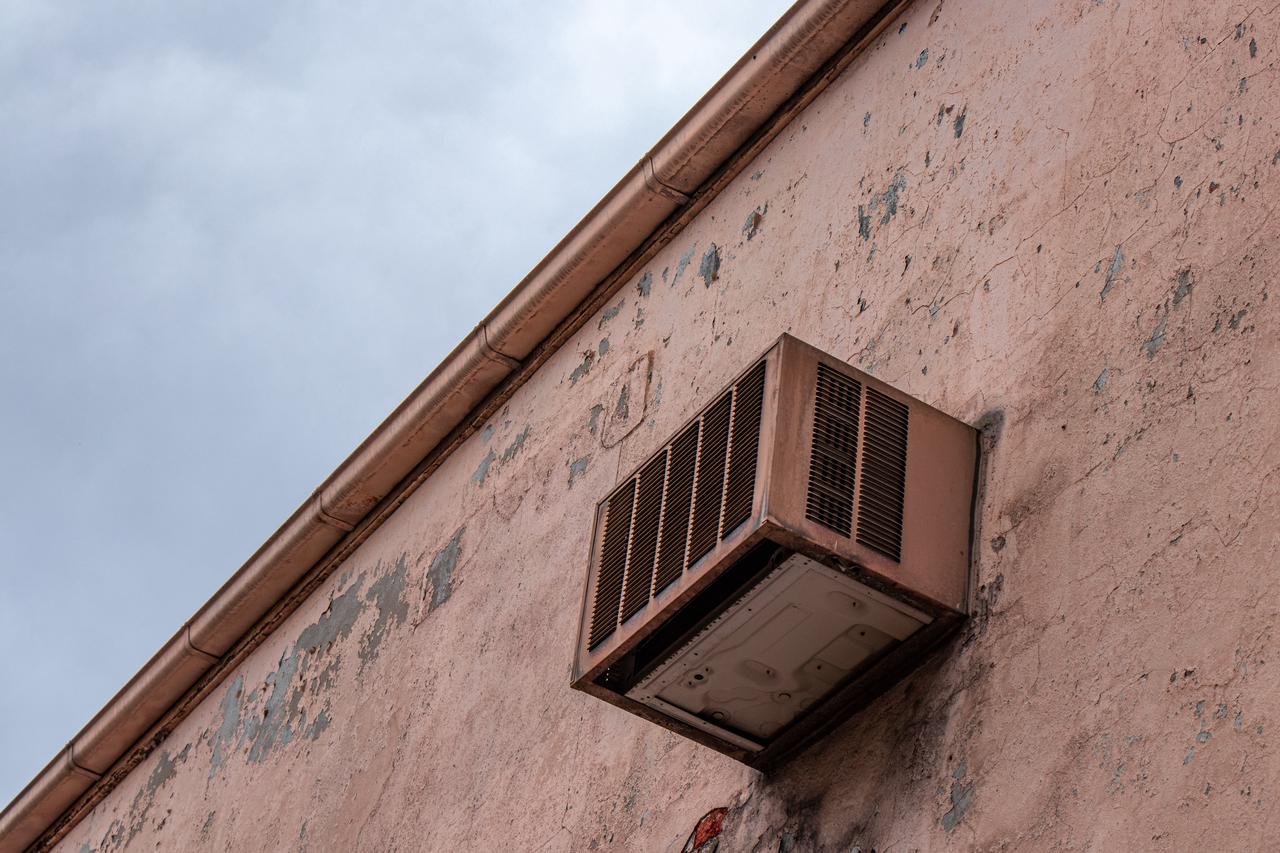

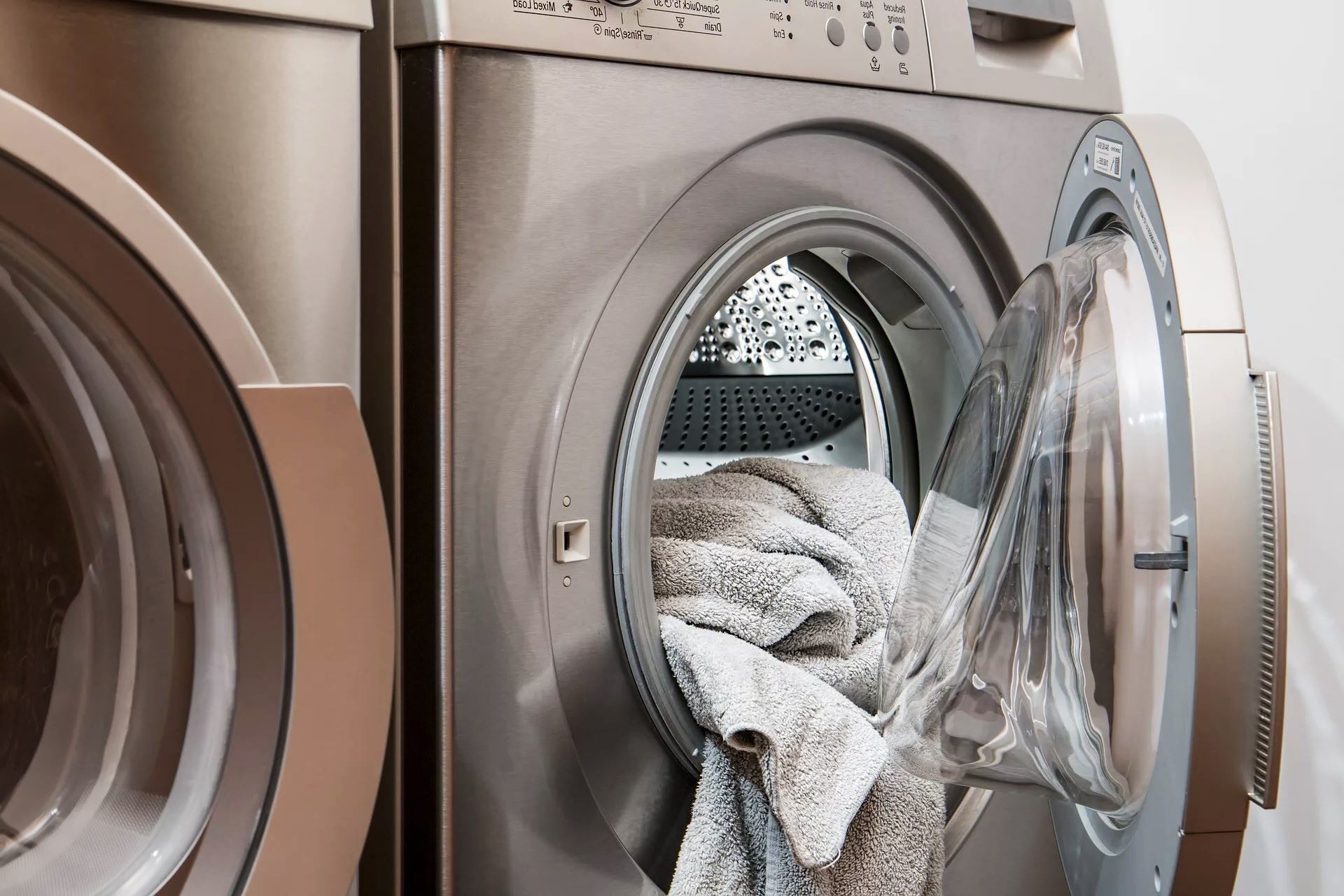
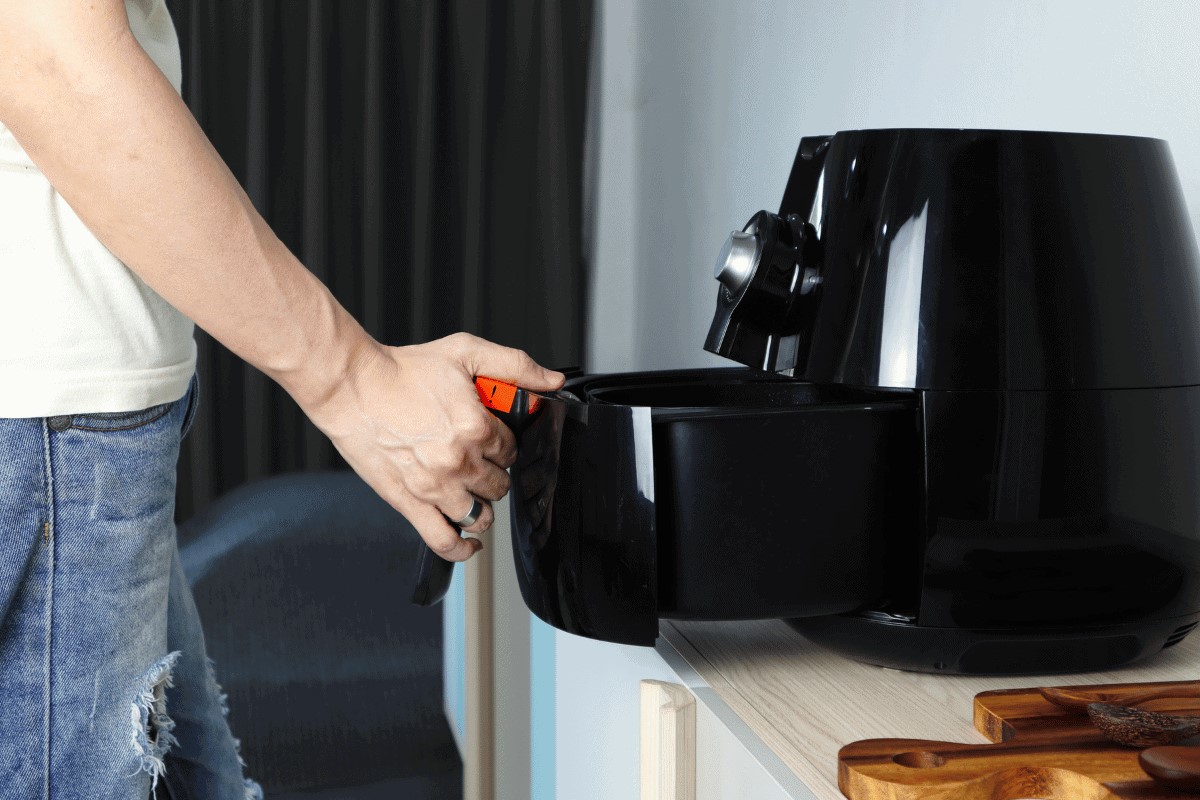

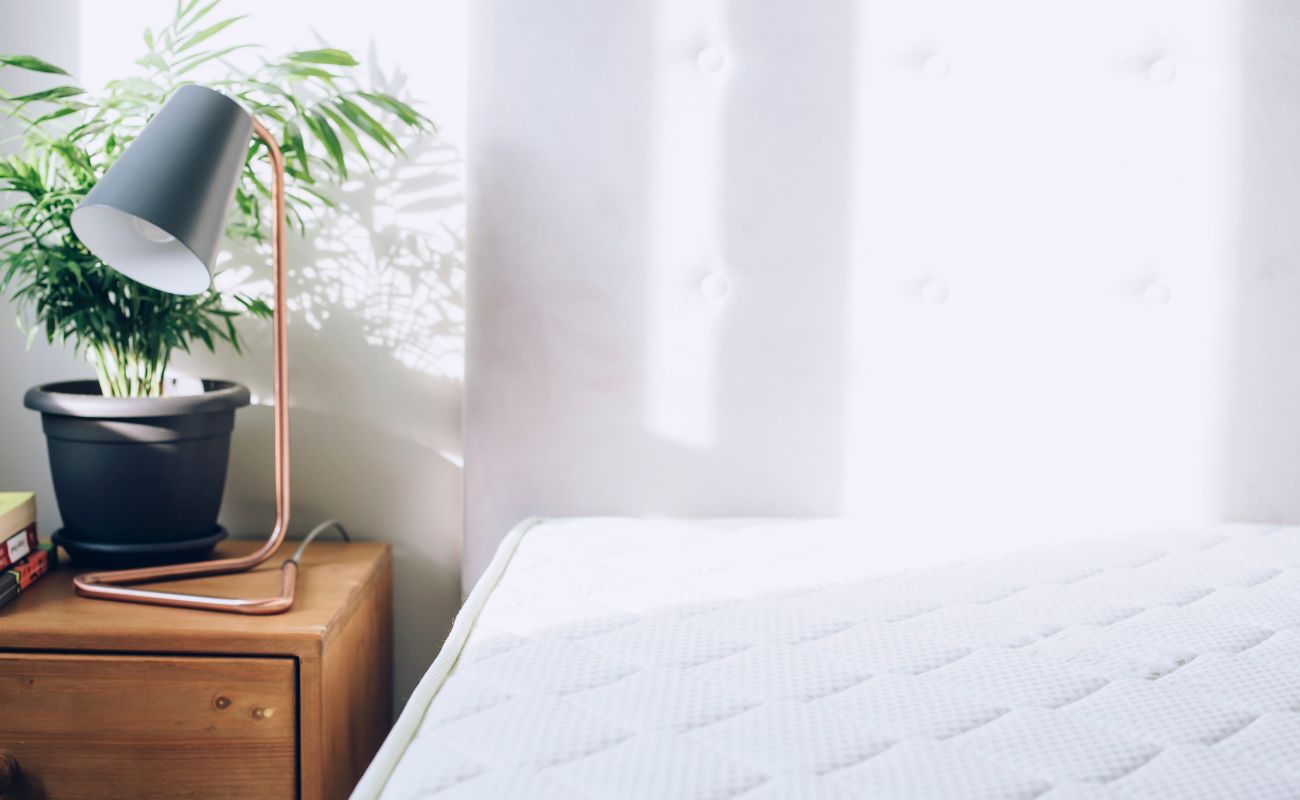
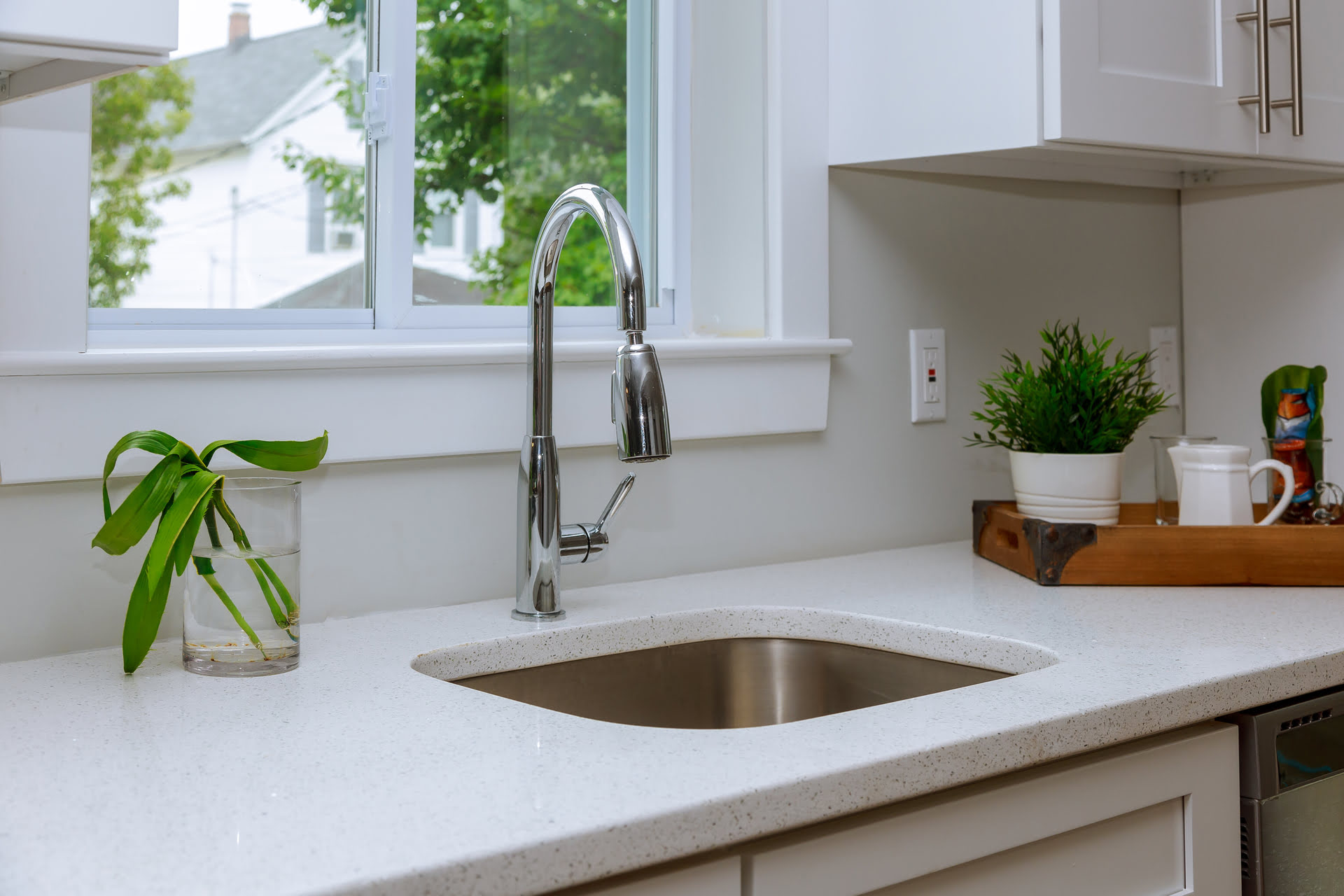
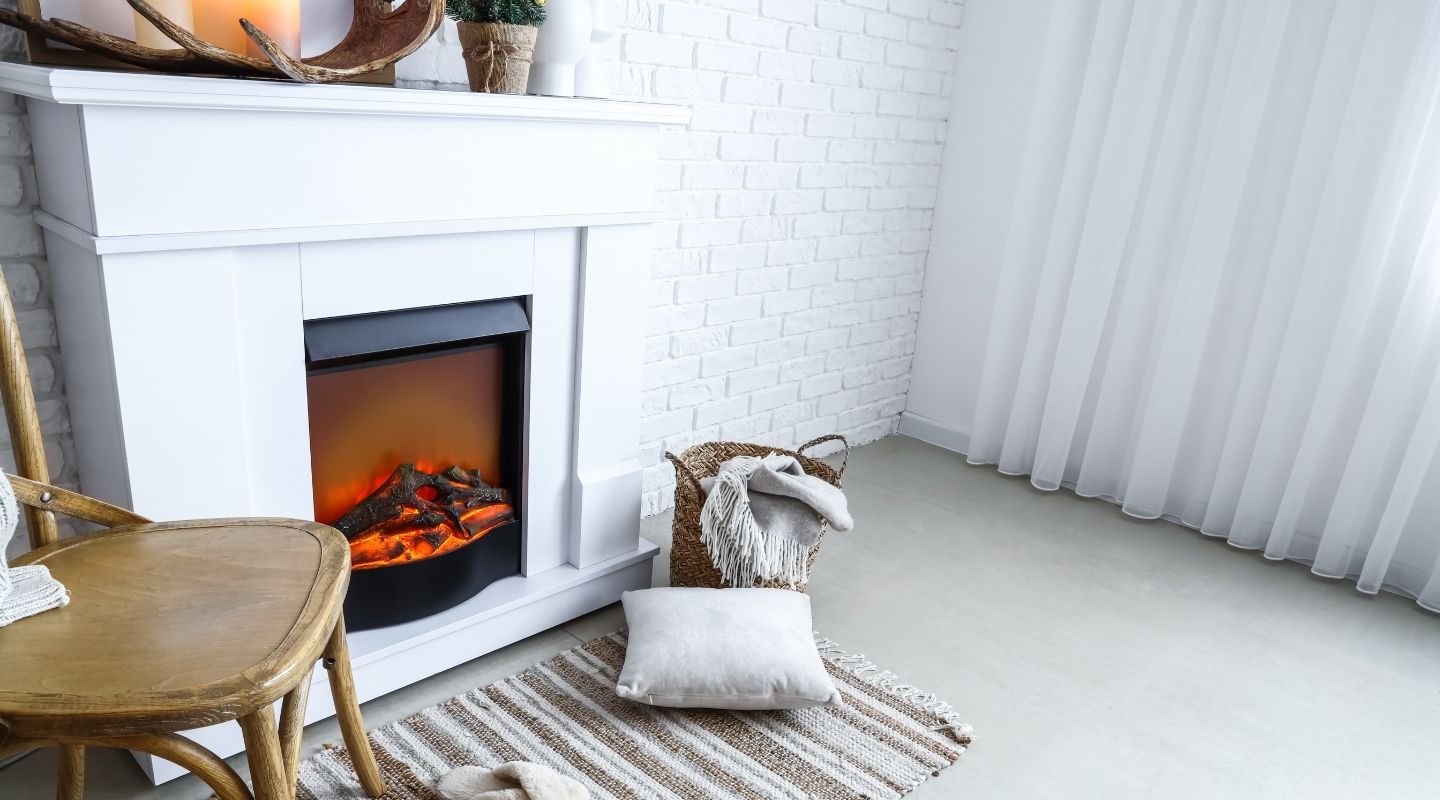
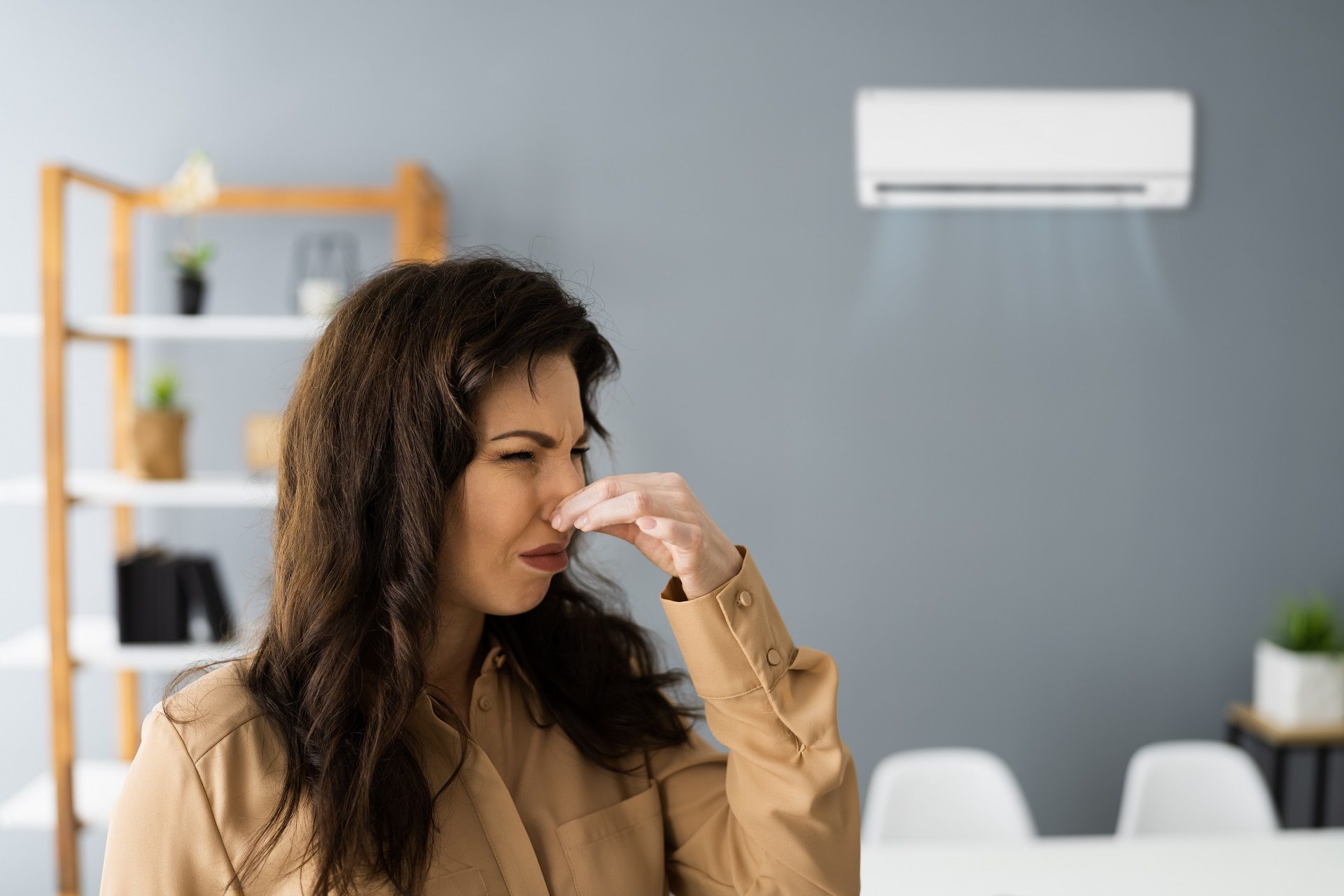
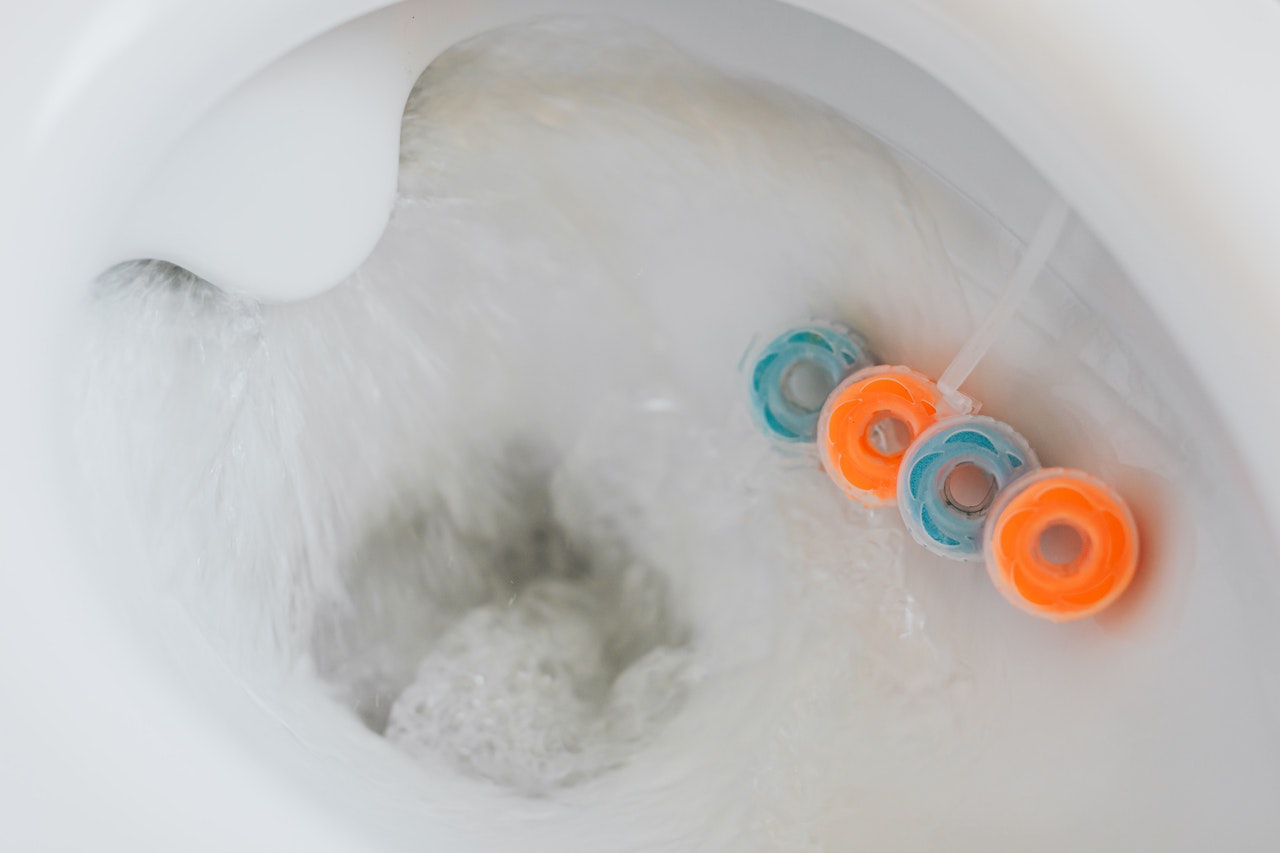

0 thoughts on “Why Does My AC Smell Like Pee”